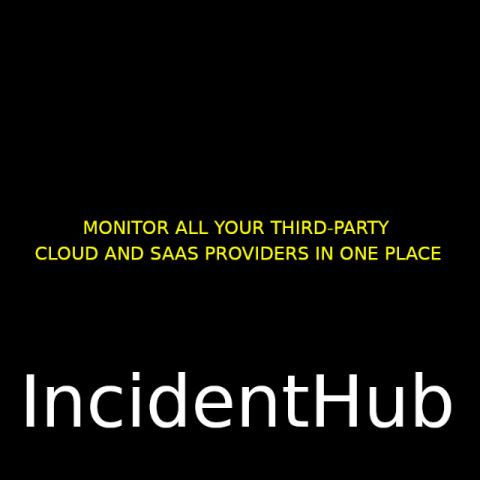How DPM monitoring helps you manage your metrics volume
At Sumo Logic, we’re committed to helping you scale without breaking your budget. As you may have heard, we recently launched Flex Licensing, a first-of-its-kind economic model that offers free, unlimited log data ingest so different teams can capture and analyze critical data across their enterprise in one place. We’re also committed to tackling related challenges raised by other data sources — like metrics.











